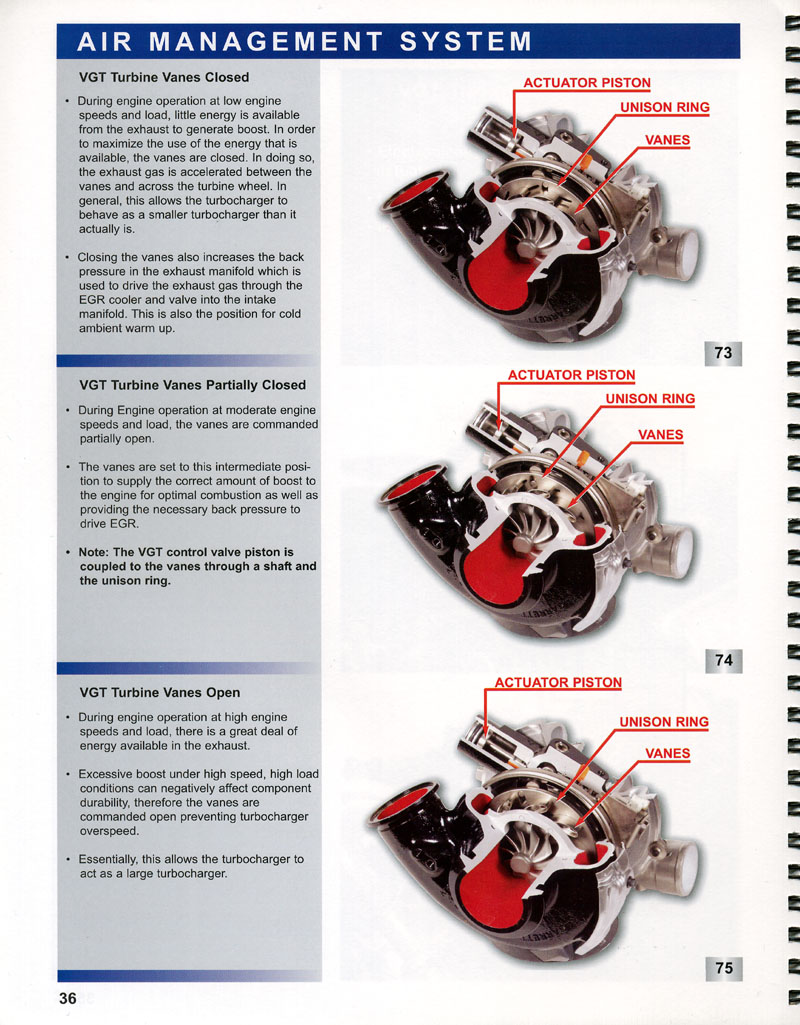So if there is a 3lb difference on the .64 how much exhaust pressure are you seeing at your boost level.
One thing you do not see much of is running a big A/R on the compressor side. The less restriction should help with the pre boost spool up. I ran a .70 A/R compressor housing with a 2.5" outlet for a bit this year on the cheap a$$ turbo project.
I never got around to doing bp test, i knew i was gonna be getting rid of my machine and swapping my kit over to another machine, and i didnt feel like hacking my pipe, but i should have a spare pipe to play with next season.
Seat of the pants no difference of top end power being affected, no issues with motors nothing, couple of us guys are running these. I ran 6# all year and it ripped didnt need anymore. The .64 get you your shaft speed sooner seeing your boost sooner making it torquey and just a blast to ride.
But lets look at it like this, roughly a 15% difference beetween the 64 and 82. Now this is just the general concept...not the NASA version.
A. Lets put a divorced downpipe on it, wow great we can see a 5-10% reduction in backpressure because of the more efficient design.
B. Let port the gate, this is awesome we now have a gate which can pass more air- lets call that 5% more efficient at reducing BP.
C. Lets understand how the divorced functions , and the scavenging benifits as it will "pull" BP out, pretty slick.

, lets add another 5% effiency for this... hey this is starting to add up.
D.The tighter housing is more effiecient at taking exhaust energy and turning it into boost pressure,it requires less drive pressure to give you your desired boost pressure with the smaller housing. Therefore your gate is gonna open at a lower BP to start with. The smaller housing requires less energy to be driven, aint that some backwards thinking. 5% here.
E. Holy chit, Here we have it 20-25% gained back from having the effecient PROPER designed system.

Well why dosent everyone run a divorced down pipe? - Time and cash money.
Lets look at silber kit, he now offers a new "formed" down pipe... Boston was saying they saw some minor gains with it... my bet is it was done becasue silber dosent wanna spend the time welding 100's of downpipes becasue he has better things to do id imagine...not saying whats wrong or right, just saying...
Now someone smarter than me explain how boondockers post turbine setup has any sort of flow thought involved...

, well ya your gonna need an .82 with that design...
If a guy wants to run the compressor 4" inlet and 2.5" outlet (30 series), garret has an option for that and can go on your 28 series. you do not need to run a 3071 on your 800cc 2 stroke, not saying it dosent work but its not needed.
Alot of this stuff i have learned from Dave at Powderlites, he is one smart guy who knows his stuff, hes been playing with this stuff longer than ive been alive.
Thats why I run Powderlites stuff!




